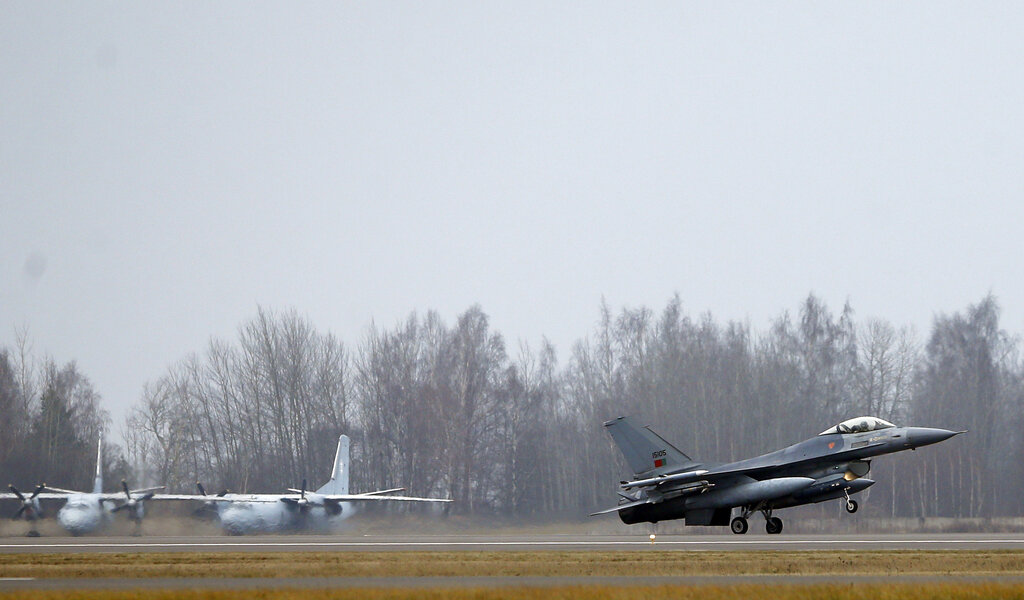Baltic States Draft Large-Scale Civil Evacuation Plans Amid Fears of Russian Aggression

The Baltic nations of Estonia, Latvia, and Lithuania are preparing detailed evacuation and emergency response plans to protect civilians in the event of a potential Russian attack or escalation along their borders.
The Gaze reports this, referring to Reuters.
Baltic officials say the new measures aim to ensure that their countries can respond rapidly to any threat from military incursions and hybrid warfare to cyberattacks and disinformation campaigns.
Authorities across the three countries are developing contingency plans that envision the evacuation of hundreds of thousands of civilians from areas near the Russian and Belarusian borders.
Officials involved in civil protection planning have warned that possible threats range from large-scale troop deployments to sabotage of critical infrastructure, communication systems, or transport routes.
One Lithuanian emergency official stated that “a powerful army could appear along the borders of the Baltics with the clear objective of seizing all three countries within a matter of days.”
Other potential risks under consideration include orchestrated unrest among Russian-speaking minorities, waves of migrants used as political pressure, and disinformation designed to trigger public panic.
During recent civil defense drills in Vilnius, officials simulated the evacuation of small groups, though real scenarios could involve hundreds of thousands of people. Roughly 400,000 residents living within 40 kilometers of the Russian or Belarusian borders are considered especially vulnerable.
In Kaunas, Lithuania’s second-largest city, authorities are preparing to host up to 300,000 evacuees in schools, universities, churches, and sports arenas. Vilnius has already designated evacuation routes, collection points, supply depots, and transportation corridors.
Meanwhile, Estonia intends to relocate up to 10% of its 1.4 million population, while Latvia is preparing for the possible evacuation of as much as one-third of its citizens.
In all three nations, military logistics would take priority, particularly along the Suwalki Corridor – the narrow land route connecting the Baltic states to Poland and NATO’s main European supply line.
While Russia insists it has no plans to attack NATO, Baltic officials say Moscow’s military posture, combined with recent airspace violations and cyber incidents, demands readiness for all contingencies.
The region has substantially boosted defense spending and civil protection efforts over the past three years, with each capital treating national resilience as a critical pillar of deterrence.
For the Baltic governments, the mass evacuation planning is both a technical and psychological signal, aimed at ensuring public awareness, strengthening crisis coordination, and demonstrating to allies and adversaries alike that the region is neither complacent nor unprepared.
“It's a very reassuring message to our society that we are ready and we are planning,” said Lithuanian Foreign Minister Kestutis Budrys. “We have done our homework.”
Read more on The Gaze: The Baltics are Preparing for Defense Against Russia